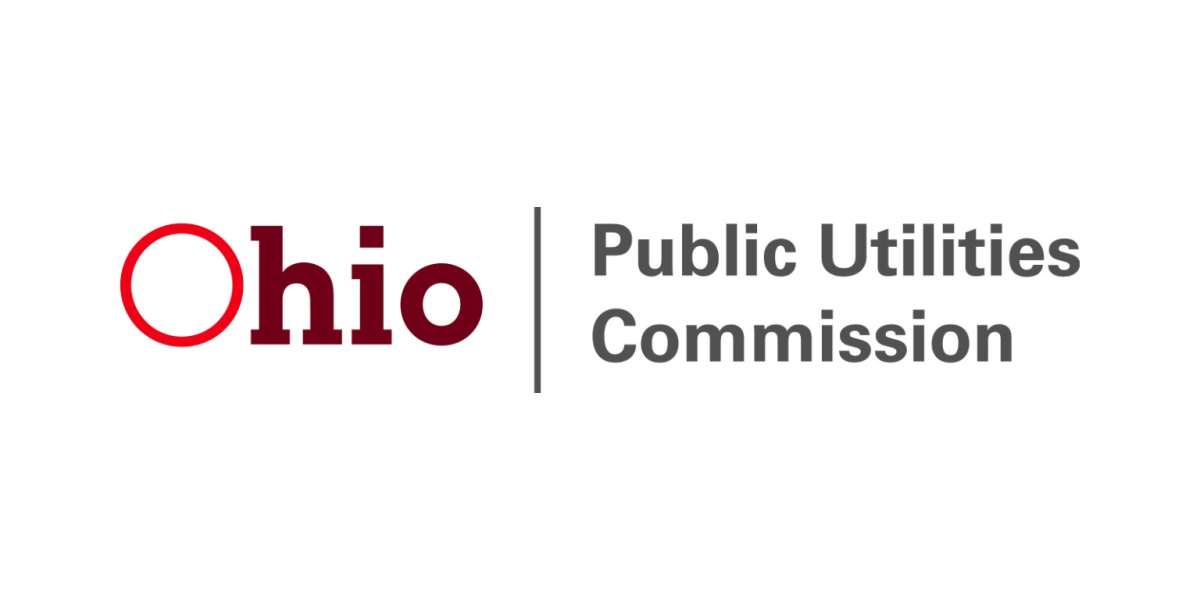
Are you part of your local government’s electric aggregation program? If so, you may be one of the 90+ Ohio communities whose aggregation program is renewing in May or June. You may have recently received information from your aggregation on new prices, terms or changes to your contract. Here’s what you should know:
What is a government aggregation?
Customers of Ohio’s PUCO-regulated electric distribution utilities can choose or “shop” for the generation portion of their bill. An aggregator is a person or organization that brings a group of consumers together. This large buying group may be able to get better terms and rates for the group members than you could get on your own.
Ohio’s law allows for local government aggregation by cities, townships or counties, with “opt-in” or “opt-out” provisions for their consumers. If you are in a government aggregation, your community voted in a local election for authorization.
Government aggregations must develop a plan which includes all rates and terms for consumers to consider when deciding to join. All aggregators must be certified by the PUCO to make sure they are qualified to provide electricity or natural gas in Ohio.
Keep in mind that aggregation, just like with individual energy choice, only impacts the generation portion of your bill. Your distribution and transmission rates are separate.
How do I know if I’m part of a government aggregation?
Use the PUCO’s electric and natural gas government aggregators map to see if your community is part of an aggregation.
The map also links to each aggregation’s docket, where you can find documents related to the aggregation, such as copies of opt-out notices as well as operation and governance plans.
Why is my rate changing if I’m part of an aggregation? How do I find my rate?
Your local government signs a contract with a supplier for a specific term length. Term lengths can vary and sometimes last for years. If the contract is for a fixed rate, the rate that was locked in at the beginning of the contract may not be available in today’s market.
Additionally, some suppliers may offer variable rate contracts to individuals enrolled in a government aggregation.
There are a few ways to check your current rate:
- Review your bill to find your generation or supply rate.
- Review your aggregation’s opt-out notice, which includes the rate and term length of its contract.
- Find your government aggregation on the PUCO’s electric and natural gas government aggregators map. Use the link to the corresponding docket to find the opt-out notice.
- Some aggregations may have their own websites. For example, the Northeast Ohio Public Energy Council (NOPEC) publishes their rates on www.nopec.org/
Are rates going to go up? Should I stay with my aggregation?
The default generation supply price offered by your local electric utility is known as the standard service offer. That price is mostly determined by competitive wholesale auctions.
Two of Ohio’s electric distribution utilities, AEP Ohio and FirstEnergy, have already conducted their price auctions for the next upcoming year, which make up a large part of the standard service offer. AEP Ohio’s price will increase about 35% while FirstEnergy’s price will increase approximately 9%.* Duke Energy and AES Ohio will conduct auctions in March and April.
Suppliers’ rates are likely to rise as the standard service offer price increases. This may affect your aggregation.
* While wholesale prices are the majority of the standard service offer, other approved riders and administration fees contribute to the final cost, which is not yet known.
What if I want to leave or choose my own supplier?
Use the price-to-compare printed on your monthly electric bill or other notices to directly compare rates between your aggregation, the standard service offer and energy suppliers. The price-to-compare is expressed in cents per kilowatt hour (kWh). You can see available offers in your area, as well as the standard service offer on the Energy Choice Ohio website.
If you do not want to participate in your local aggregation, you’ll need to complete the opt-out notice before the deadline, which is at least 21 days after the postmarked date. If you’re enrolled in the aggregation program and want to leave, consult with your local government to ensure there are no early termination fees.
Other things to consider about enrolling with a government aggregation:
- Consumers who are enrolled in the Percentage of Income Payment Plan (PIPP Plus) are not eligible to participate in a government aggregation or choose their own supplier.
- Consumers who already have individual contracts with suppliers cannot be automatically included in a government aggregation.
- If you recently switched to a new supplier, there is a possibility that your name was still provided to the local aggregation as a customer eligible to participate. You should return the opt-out notice if you do not wish to be switched to the aggregation’s supplier. That is a decision for you to make. You will want to talk to your chosen supplier if you are considering switching to the aggregation’s supplier to find out if there are penalties for early cancellation of the contract or refer to your terms and conditions
I never want to be part of an aggregation. How can I stop receiving notices?
Consumers who are not interested in aggregating with their electricity with their local municipality can sign up with the PUCO’s Do Not Aggregate list for electric utility. Find out more here, or call the customer service line at 800-686-PUCO.
Information provided by Ohio Public Utilities Commission

